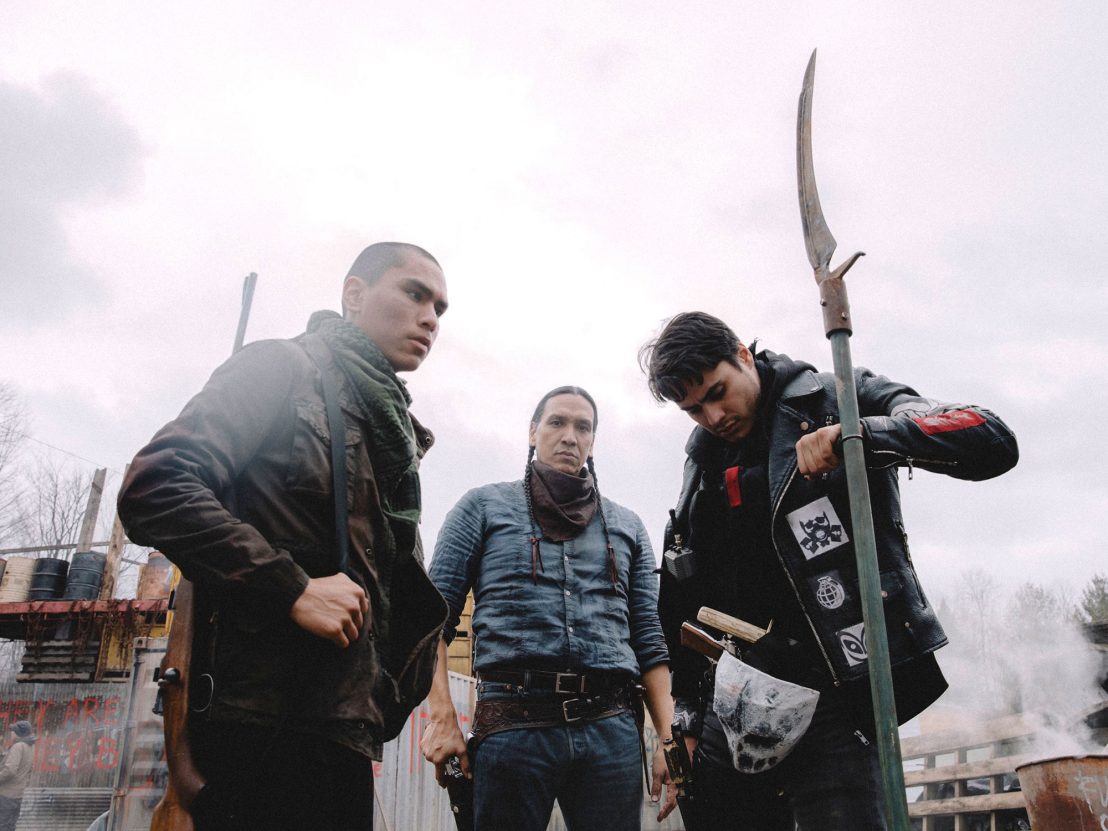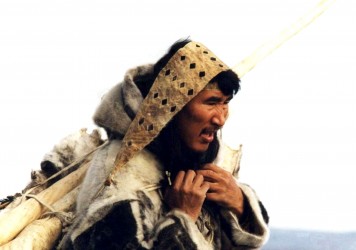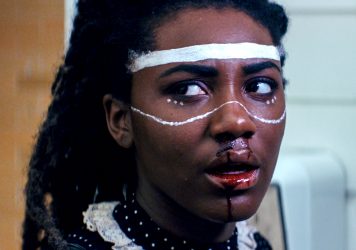
This year’s edition of the Montreal-based festival showed the value of giving marginalised native filmmakers a platform.
On the eve of Canada’s federal election, one of the most pressing issues is the rights and liberties of indigenous communities across the country. Many First Nations communities across the country do not have access to clean water, the current Liberal government has challenged the human rights ruling to, “compensate First Nations children harmed by the on-reserve child welfare system and under-funded child,” and family services and access to government services remains unequal.
This summer, a report by the National Inquiry into Murdered and Missing Indigenous Women and Girls commissioned by the Federal government, ruled that, “serious reasons to believe that Canada’s past and current policies, omissions, and actions towards First Nations Peoples, Inuit and Métis amount to genocide.”
More than ever, the voice of indigenous people within Canadian society and the arts are integral for a healthy and mobilised democracy.
This year’s Festival du Nouveau Cinéma in Montreal brought numerous indigenous voices to the fore. Beyond the feature films selected in the main programme, the festival held its annual showcase of the best films made by the Wapikoni Mobile, a travelling initiative that offers resources and workshops to Indigenous youths to produce films.
There was also a retrospective of the work of Darryl Nepinak, from Skownan First Nation, which included a passionate discussion about his work, his life and film production in Canada. Here’s a closer look at the four feature films made by indigenous filmmakers to screen at this year’s festival.
Jeff Barnaby’s follow-up to his feature-debut Rhymes for Young Ghouls recently had its world premiere as part of the Midnight Madness program at TIFF. A fresh take on the zombie film, Blood Quantum is set at the Red Crow Mi’gMaq reserve as a zombie apocalypse breaks out along its edges. Welcoming refugees as they also must protect themselves from oncoming threats, the film echoes specific political and social issues from history.
It quotes specific iconography of the Oka crisis, a land dispute between the Mohawk residents of Kanesatake and the residents of Oka that took place in 1991. The title refers to a very real practice that continues today, which determines by ancestry and “blood,” whether or not you can claim status as an indigenous person within Canada. While somewhat uneven, Blood Quantum is a gory and thoughtful take on the familiar zombie myth.
Restless River, an adaptation of a novel by one of Canada’s foremost writers, Gabrielle Roy, is a restrained portrait of Elsa, a young Inuk woman who is raped by an American soldier and gives birth to a blonde, blue-eyed son. Set in the aftermath of World War Two and crossing several decades, the film reveals a changing world and changing policies that complicate Elsa’ sense of identity and culture.
Co-directed by Madeline Ivalu and Marie-Hélène Cousineau, the film is brightly coloured and features a strong, warm lead performance by Malaya Qaunirq Chapman. Narratively conventional, the film nonetheless challenges the perspective of most period films, while being a fascinating and engaging portrait of motherhood under adversity.
Aside from a few opening scenes, The Body Remembers When the World Broke Open unfolds in one continuous shot. Set in the East Side of Vancouver, the film is about the meeting of two indigenous women from different backgrounds; Rosie (Violet Nelson) who is physically assaulted by her partner, and the other named Áila (Elle-Máijá Tailfeathers) who notices Rosie in distress and volunteers to help her. Exploring the concept of visibility, oppression and class differences, the film is a tense and heartbreaking examination of conflicting identities and ideals, unfolding in real-time.
The conceit of the one-shot offers a sense of hyper-reality, and the naturalism of the interactions and plot only serve to highlight the struggles of escaping toxic circumstances and standing up on your own. A unique and challenging experience, this is a boundary-pushing, groundbreaking work by Kathleen Hepburn and Elle-Máijá Tailfeathers (the latter of whom stars as Áila and also appears in Blood Quantum).
While Zacharias Kunuk’s film, Atanarjuat: The Fast Runner, is regularly voted as the greatest Canadian film of all time, his career remains somewhat inaccessible outside of Canadian film festivals. His latest film, One Day in the Life of Noah Piugattuk, is set in 1961 in the Apuivik, Baffin Island. As the film opens, Noah Piugattuk has set out to go hunting for seals with his dog team. On his path, he encounters a representative of the Canadian government, who tries to persuade Noah to relocate from his ancestral territory to a settlement town.
Their discussion, filtered through an Inuktitut translator, makes up the majority of the film’s running time. A micro-narrative about Canada’s insidious relationship with the first nations people, as the discussion progresses it becomes increasingly clear that the government’s “proposition,” is not a suggestion but a demand. The film toys with language, communication and independence. It is wrought with confusion and misgivings and is a scathing portrait of the colonial and paternalistic Canadian government.
More than just a period piece, this is a film about the ongoing reality of the relationship between the first nations people of Canada and the Federal government.
For more on this year’s Festival du Nouveau Cinéma visit nouveaucinema.ca
Published 20 Oct 2019

Released 15 years ago, Zacharias Kunuk’s snowbound epic raised awareness of Arctic culture.

Director Matthew Rankin discusses his experimental debut feature The Twentieth Century.

This year’s Fantasia International Film Festival in Montreal showcased an exciting emerging crop of boundary-pushing directors.